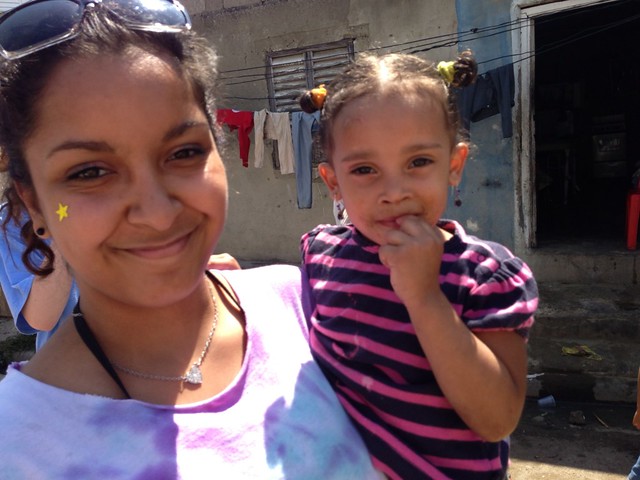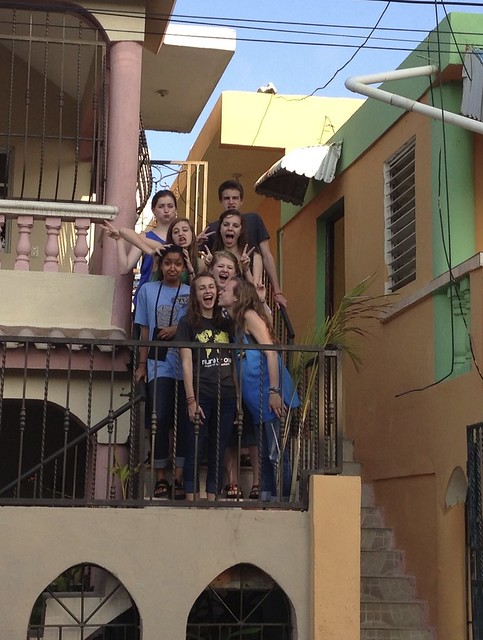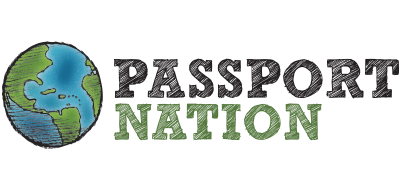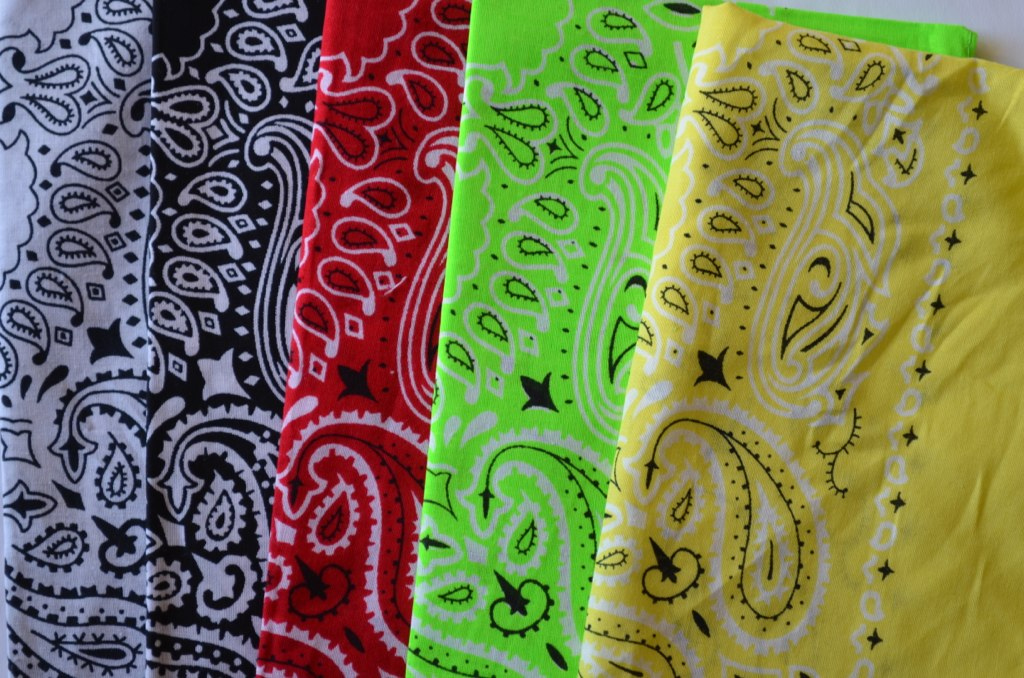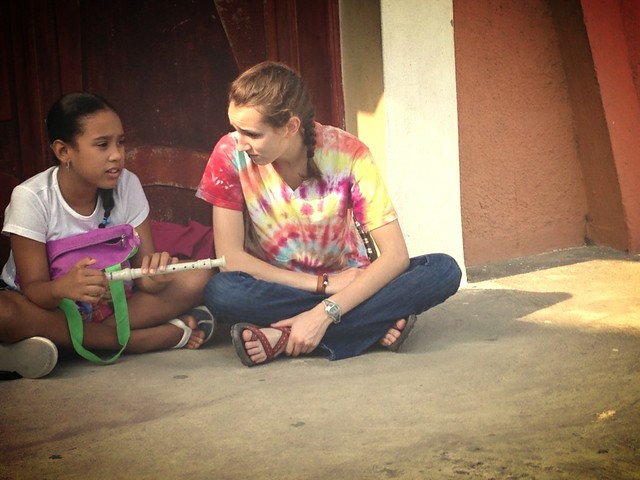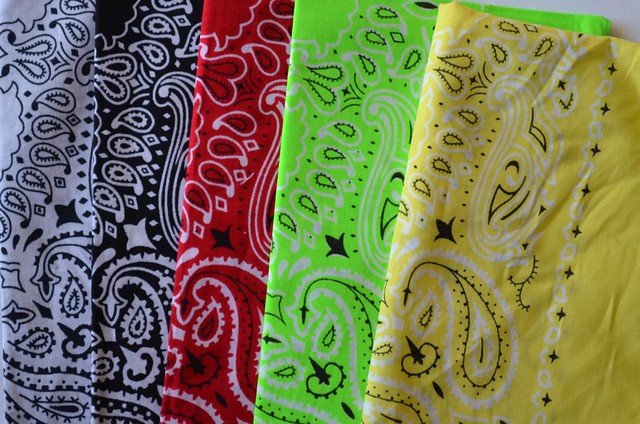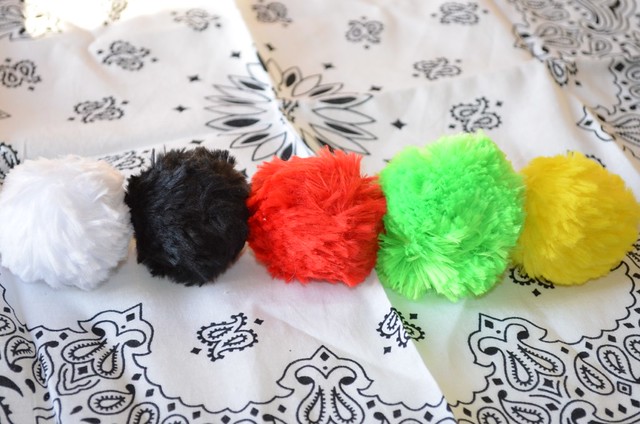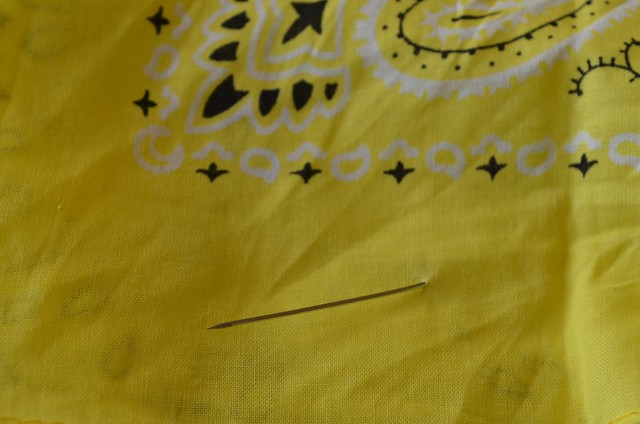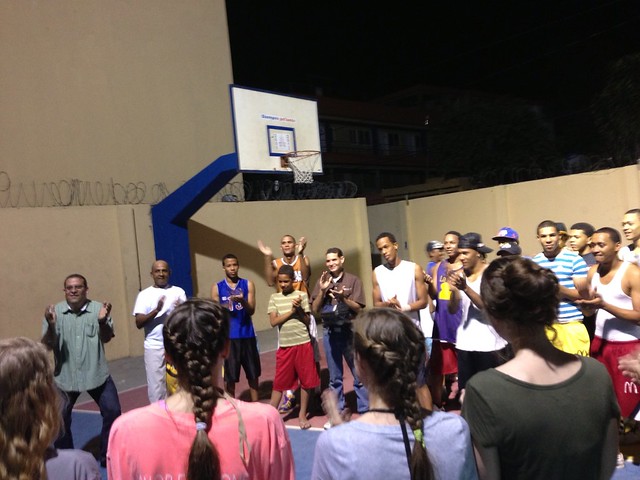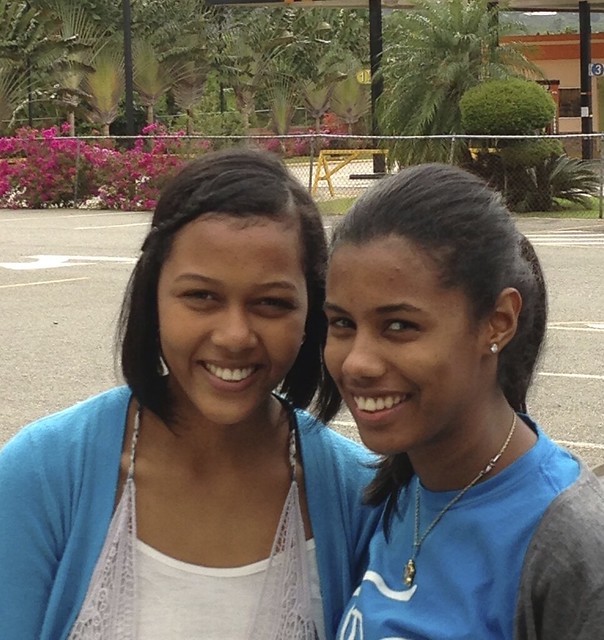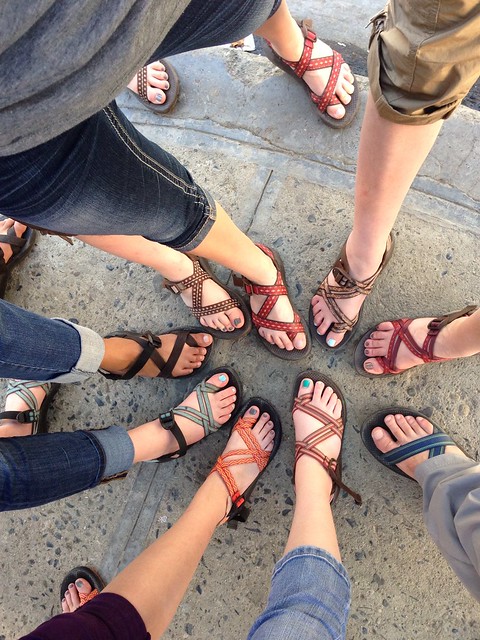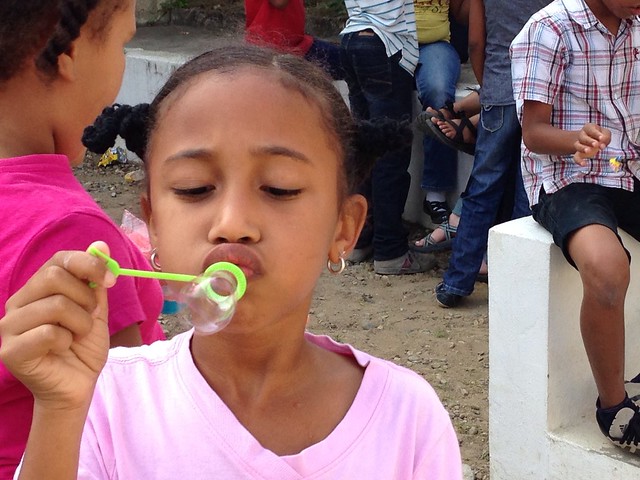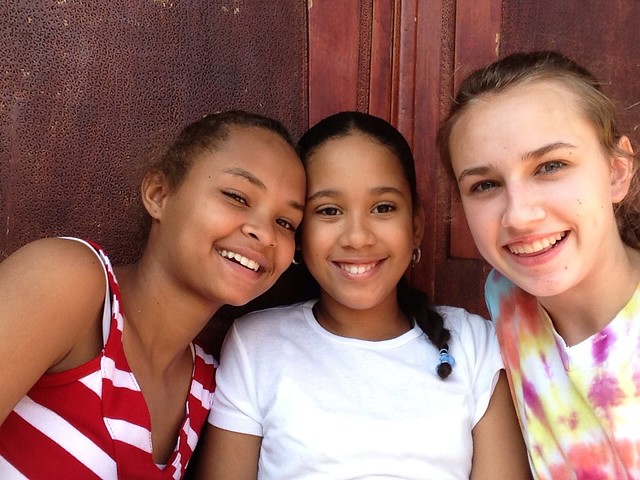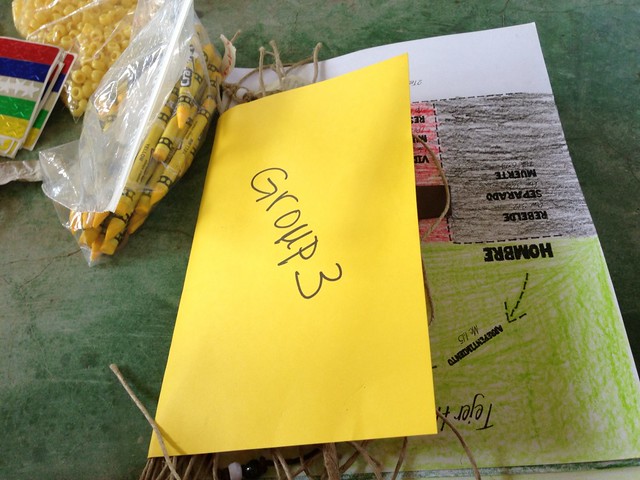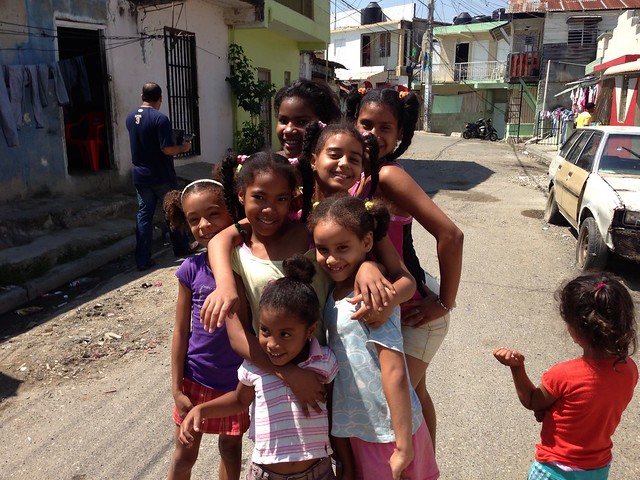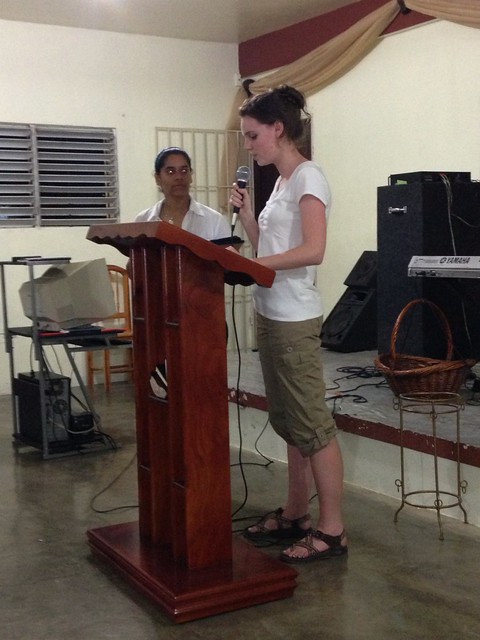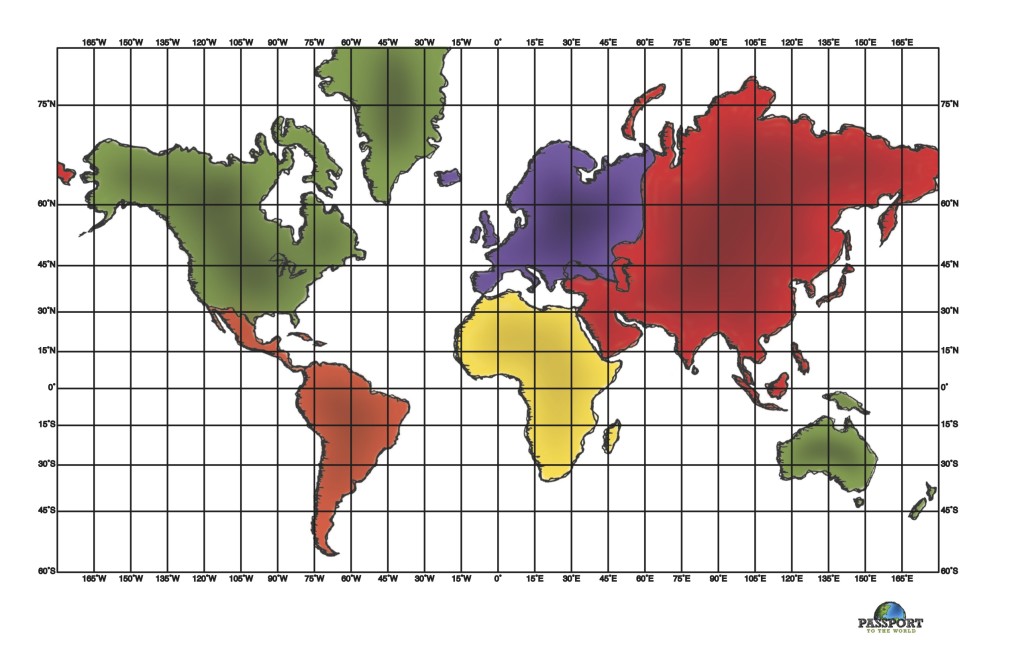Looking for a Gospel-centered VBS/Back Yard Bible Club curriculum to use this summer? We have one to share with you.
Over the past two years, we have been working on the different pieces and parts of this curriculum. It is based on the Gospel Threads series preached by, our then pastor, David Platt (used with permission). The beauty of this curriculum is that it accomplishes two goals: it clearly and intentionally shares the Gospel message with the children participating in your BYBC or VBS….. AND, it helps your teachers/leaders learn, internalize, and then articulate the Gospel message themselves. And for an extra-added-bonus…….. It’s FREE!
We used this curriculum on a mission trip to the Dominican Republic.
In preparation for this trip, we worked on adapting the Gospel Threads series to teach to children.
David preached about Knowing Gospel Threads and Weaving Gospel Threads throughout this series. Expanding on that theme, we are calling this children’s curriculum, Sewing Gospel Threads. Our hope is that through this curriculum, we are sewing seeds of the Gospel that will take root and grow.
In addition, we use a version of the bridge illustration to paint the Gospel picture. Finally, we tied it all together with a variation of the “Gospel colors” as a memory device for the Gospel message. While neither of these ideas is new, what is new and useful in this curriculum is the format: the presentation of this Gospel message broken down in to a five day plan for children with reinforcement activities and Scripture memory tools. Between the content and the format, we pray that Sewing Gospel Threads will be a useful tool in presenting and teaching the beautiful Gospel story to children.
SEWING GOSPEL THREADS
Written by: Tamarah Horton, Leanne Rogers, and Bekah Horton
Introduction
Sewing Gospel Threads is a study for children based on the Threads series by pastor David Platt. This sermon series was modified for use for mission trips and Back Yard Bible Clubs. This study is organized as a 5-day plan with each day having a theme and a color that represent the theme of the day. This curriculum includes Bible teaching, Scripture memory, and learning activities that reinforce the Bible lesson.
Length of curriculum:
5 days; this can be extended by spending additional time specifically working on Scripture memorization and Gospel presentation practice or it can be shortened by combining lesson (see ideas below)
Focus age:
+/- Elementary-aged children
Intended Use of this Curriculum:
This curriculum has been written specifically for use as a teaching tool in the following settings:
- Mission trips
- Summer Back Yard Bible Clubs
- Church-wide Vacation Bible School
Secondarily, this curriculum is also appropriate for use in a small group setting where the desire is for children to learn the principles of the Gospel message and how to communicate these principles.
Format:
Since the focus for this curriculum is on mission trip and BYBC settings, the teaching time is intentionally very simple and “low maintenance”. Simplicity is key in a mission context due to the varied accessibility to supplies and technology, as well as the barriers created by language differences. Great consideration was given to the feasibility of all of the activities to a more rugged environment.
The basic content of this curriculum includes:
- Crowd Gathering Ideas – find ideas here for gathering and engaging kids
- The Bible Lessons – these are sequential in the following order: White Thread, Black Thread, Red Thread, Yellow Thread, and Green Thread; five lessons are provided but these can be combined if less days are available (4 Days? – teach the yellow and green threads in the same day; 3 Days? – teach the white and black threads on day 1, red thread on day 2, and yellow and green threads on day 3; shorten lessons by eliminating optional illustrations)
- Scripture Memory Activities – a memory verse is associated with each day’s teaching
- Learning Reinforcement Activities – pick and choose which to use, how many to use, and in which order you’d like to use them
- Recreation Activities – additional fun games have been included to reinforce the Gospel colors and their meaning
- Finally, going into a Spanish-speaking context? – the worksheets and Scripture memory verses have been translated for your use
Think simple, flexible and adaptable. We have found that it is best to over-prepare and have more than is needed; then once on the ground, leaders can pick and choose what works based on the setting and with the particulars of the context.
Time Management:
The goal of this curriculum is to teach the Gospel message, including Scripture that supports each of the points of the Gospel. Each of the Bible teaching lessons is designed to take approximately 10 – 15 min. Remember, if this content will be taught in a different language, you will require nearly double this amount of time for teaching the lesson due to time for translation.
Again, over-prepare ahead of time while you have access to materials, but on the field, think SIMPLE, FLEXIBLE and ADAPTABLE.
Purpose:
The purpose of this curriculum is to teach children the Gospel message – what it is and how to share it with others.
The Gospel Threads curriculum uses a drawing or graphic to present the main points of the Gospel.
The main tenants in the Threads series include:
- The character of God
- The sinfulness of man
- The sufficiency of Christ
- The necessity of faith
- The urgency of eternity
We found it helpful when presenting this information to children to associate a color with each of these points or lesson themes to aid in learning and memorization.
COLORS:
Therefore, these main tenants simplified for children (along with their representative colors) become:
- God is holy (white)
- Man is sinful (black)
- Christ is enough (red)
- Faith is necessary (green)
- Eternity is urgent (yellow)
How it works:
Throughout the week, a different color is used to represent each day’s lesson theme. This is a new twist on an old technique. In the past, various Gospel sharing approaches have used the “gospel colors” (ie. white, black, red, green, yellow, and sometimes, blue) as a way to present the Gospel. We are using a variation of this theme. The new and more modern lime green color is used in this curriculum to make a distinction with these projects. The way the colors are used in this presentation is different from old uses of the “gospel colors”. In other words, the colors, as we use them here, stand for different points than the traditional “gospel colors” presentations.
Find a summary of what the Gospel Colors represent HERE.
All of the activities associated with the Sewing Gospel Threads curriculum utilize the Gospel colors idea. Even though all of the concepts will not have been taught by the time a learning reinforcement activity is introduced, use the project to preview the concepts by introducing the five key themes with each of the activities. If the curriculum is to be taught in a Five Day format, the worksheet can be completed on the fifth day as a form of review. If the curriculum is to be taught in a Four Day format, the worksheet can be used every day as a reinforcement of the teacher drawing. Only complete the portion that matches the teaching. All of the additional learning activities should be fully completed on each individual day even though the teaching for each of the colors has not been completed. Simply introduce the ideas that match the colors so that by the end of the week, the students should be able to explain the five main points of the Gospel presentation. Daily themes and deeper teaching will be developed as the week progresses.
Teachers may like to make a Gospel colors pin to wear throughout the week as a visual reminder to children. As opportunities are available to talk to children throughout the week, this pin becomes a tool for sharing the Gospel.
Finally, we attempted to produce projects that followed the “sewing” theme. For example, we included ideas that use fabric, scissors, threads, beads, and cutting. However, since sewing is a very time consuming process, and needles and scissors are not very child-friendly, we have adapted the ideas to those we deem to be more realistic and safe! Also, the projects we have included are not just crafts for crafts’ sake. They are activities that are intended to reinforce the primary theme of the Bible teaching portion of the day.
May God bless your efforts as richly as He did ours in the Dominican Republic!
